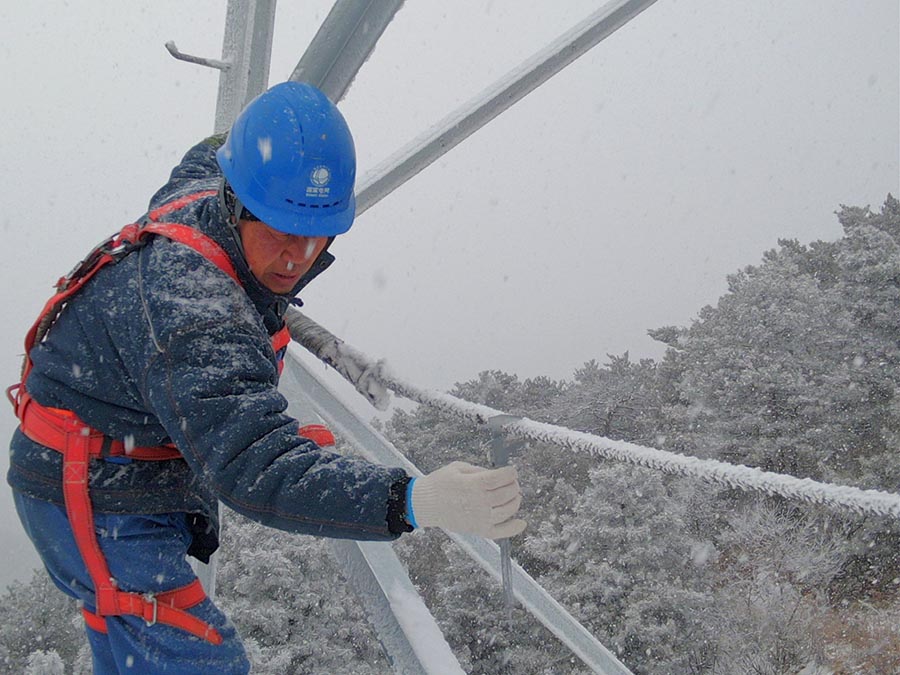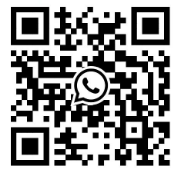During winter or early spring, transmission lines are susceptible to ice accumulation hazards, particularly in frigid regions. Prolonged periods of low temperatures and snowfall readily form ice layers on towers, insulators, or conductors. As ice builds up, exceeding the rated load capacity of towers, it may cause tower foundation subsidence, tilting, or structural failure, leading to power accidents.
From November to February each year, we must constantly monitor ice accumulation on high-altitude power lines. Manual inspections involve braving icy conditions and snow, yet thick fog often obscures hazards, leading to missed assessments. These words from power company maintenance personnel reveal the challenges of ice prevention and power supply protection in the region. As part of the China Southern Power Grid area, most transmission line sections are vulnerable to ice accumulation. Ice thickness exceeding 10mm can cause wire breaks and tower collapses—lessons from the 2008 ice disaster remain deeply etched in memory.
Dinsee Smart Technology's Online Monitoring Device for Equivalent Ice Load on Power Transmission Lines employs a Wheatstone bridge circuit using resistive strain gauges. By detecting elastic strain, it measures the force applied to the sensor. This compact design offers high measurement accuracy and strong resistance to misalignment. This system replaces traditional ball-head suspension rings with column-type tension sensors shaped as ball-head suspension rings. Installed between insulator strings and crossarms, it measures the combined load force on conductors.
Directly installed on the connection point between insulators and transmission towers in high-voltage transmission lines, it enables highly reliable real-time online monitoring in icing zones by automatically collecting data. Through continuous 24-hour monitoring of icing conditions by gathering parameters such as temperature, humidity, wind speed, and wind direction, measure ice accumulation parameters on the transmission lines, and transmit the data to the monitoring center. Inspection personnel can then take appropriate actions based on the ice conditions to ensure the safe and stable operation of the power grid.
Simultaneously, micro-meteorological sensors collect temperature, humidity, and wind speed data in real time. After integrating these multi-source data streams, the system achieves high-precision ice thickness monitoring capable of detecting even minimal ice accumulation. When conductor icing reaches the threshold, the system immediately pushes alerts to the operations platform via 4G networks. Maintenance personnel then coordinate de-icing measures in advance based on the data, preventing faults caused by excessive icing.
Previously, de-icing operations could only be initiated once ice accumulation became visible. Now, the device provides advance warnings. Operational data from the power company's maintenance team shows that since the device's deployment, ice accumulation response times have been reduced from hours to mere minutes. Installationof equivalent ice load online monitoring devices on transmission lineshas significantly reduced manual inspection frequency and markedly improved ice hazard response efficiency, fundamentally transforming the previous weather-dependent ice prevention model.





